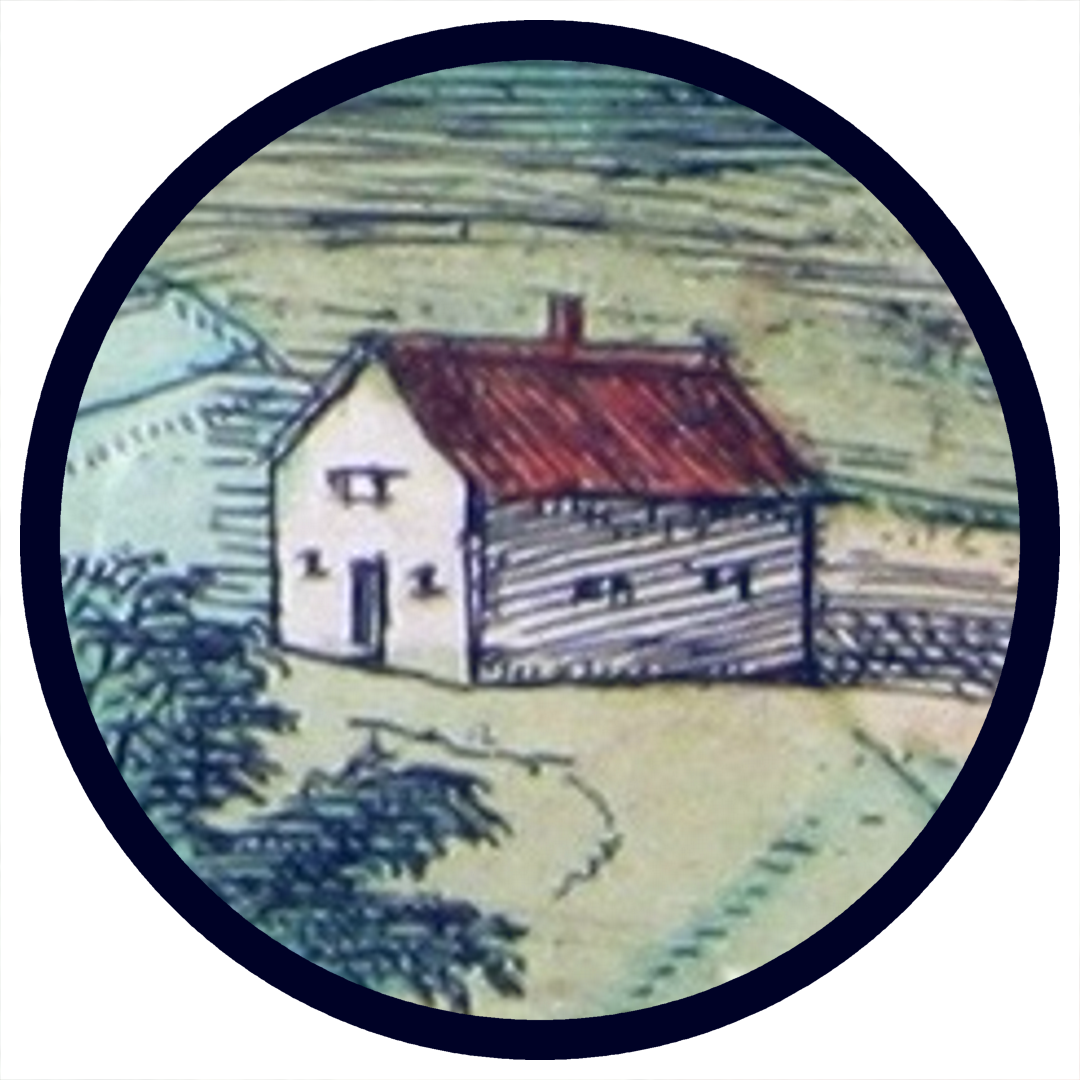
The Folwark (“Grange”)
The folwark (“grange” or “farmhouse”) had appeared in Poland by the 14th century as a kind of building associated with grain production on monasteries’ estates. Such a budynek folwarczny was an outlying farmhouse constructed for the benefit of the peasant families who did the work of raising and harvesting crops on behalf of the monks. In later centuries, many noble families adopted the monasteries’ model and constructed folwarki on the outskirts of their estates, for use by the paid laborers or peasant families who worked the land. The typical folwark was an elongated building with residential space, stables, barns, and spaces for the storage of grain. Some folwarki resemble especially plain manor houses; however, while, a manor house served as the political and cultural focal point of its estate, the folwark was a peripheral building that was more purely functional in nature.
